BREAST CANCER Awareness
- NicoleDeRosa
- Oct 18
- 11 min read
Breast cancer doesn't know April from June, or December from January, which is why it can strike at any time. October is Breast Cancer Awareness Month, but we should also recognize that breast cancer is something to be aware of year-round. We book our cars for a service every few months, right?! So why should our bodies be any different? A mammogram and ultrasound can take as little as 30 minutes!
As someone who had a loved one get diagnosed with breast cancer and I know many who have lost someone they love to breast cancer, it's important to do what we can to protect our health and the health of the ones we love.

My Mama Joy + Aunt Janie are both breast cancer survivors + those years that my Mom suffered were honestly a blur because I was young + didn't know much of what was going to happen. Thankfully, her doctors detected it early enough + now she continues to take care of her health by moving everyday, eating well + enjoying life with family.
Early detection of breast cancer saves lives. In fact, when breast cancer is caught early, the prognosis is often excellent.
According to the American Cancer Society, the 5 year survival rate for breast cancer, if found early + confined to the breast, is 99%, which is why taking the time for your annual mammogram is so important. Mammograms are widely recognized as the "gold standard" in detecting breast cancer.
It is recommended that women begin an annual mammogram at age 40 + men at the advice of their physician. No matter how you identify, men + womxn can be diagnosed with breast cancer. Take precaution + get checked!
According to the National Cancer Institute, approximately 50% of all women age 40 & older have dense breasts.
Women with dense breasts may have a higher risk of developing breast cancer + may require additional screenings along with their mammogram, such as a breast ultrasound + MRI, to help with early detection.
Tyrer-Cuzick RISK CALCULATOR
This risk calculator here uses your personal + family health history to estimate your chance of developing breast cancer. After completing it, you’ll get a risk score report which contains your score percentage, what it means for you, recommendations for screening based on your risk score + information on whether you may qualify for genetic testing. I encourage you to download this report + share it with your doctor.
Breast SELF-EXAMINATION
Understanding BREAST DENSITY
Breasts are made up of a mixture of fibrous, glandular tissue + fatty tissue. Your breasts are considered dense if you have a lot of fibrous or glandular tissue, but not much fat. Breast density is determined by the radiologist who, under the NJ Breast Density Law, must include information about breast density in your imaging report. My Mom + I both are in this category.
If I have dense breasts, do I still need a mammogram?
Yes, a mammogram is the only medical imaging screening test proven to reduce breast cancer deaths. Many cancers are seen on mammograms even if you have dense breast tissue. As I said above, it is recommended that women begin an annual mammogram at age 40 + men at the advice of their physician.
What should I do if I have dense breasts?
If you have dense breasts, please talk to your doctor. Together, you can decide which, if any, additional screening exams are right for you.
What is a BREAST Biopsy?
What type of biopsy is done for breast calcifications?
Stereotactic breast biopsy is used when a small growth or an area of calcifications is seen on a mammogram, but cannot be seen using an ultrasound of the breast. The tissue samples are sent to a pathologist to be examined. I had to get a breast needle biopsy in 2023 which you can read about here.
Do breast calcifications need to be biopsied?
Any pattern that's suspicious or highly suspicious should be biopsied to rule out cancer. Calcifications that appear benign aren't usually biopsied. But they should be monitored for any changes. Repeating mammograms every 6 to 12 months may be recommended to monitor benign calcifications.
Should I worry about calcifications in breast?
About 80% of microcalcifications are benign. However, they're sometimes an indication of precancerous changes or cancer in the breast. If the biopsy shows the calcifications are benign, most commonly nothing needs to be done except continuing yearly mammograms.
What are the odds of breast calcifications being cancerous?
''Probably benign'' calcifications have a less than 2% risk of being cancer. In other words, about 98% of the time, these type of calcifications are considered not to be cancer. Typically, they will be monitored every six months for at least one year.
What if microcalcifications are cancerous?
Most microcalcifications are non-cancerous + you will not need any treatment. If there are cancer cells, it is usually a non-invasive breast cancer called ductal carcinoma in situ (DCIS), or a very small, early breast cancer. These can both be treated successfully.
What does it mean when breast calcifications change?
Although breast calcifications are usually non-cancerous (benign), certain patterns of calcifications — such as tight clusters with irregular shapes + fine appearance — may indicate breast cancer or precancerous changes to breast tissue.
Can radiation cause calcifications?
Cancer treatments such as surgery, reconstruction + radiation therapy can cause tissue damage + scarring, which can lead to calcifications showing up on a mammogram.
Myth vs FACT
PODCASTS + Videos
Dr. Veronique Desaulniers, better known as Dr. V is the founder of Breast Cancer Conqueror and the 7 Essentials Systems. She is also the co-founder of My Breast Friend. Her signature process has empowered thousands of women in over 56 countries. Her mission is to "change lives, one breasts at a time." Dr. V has personally conquered breast cancer twice, giving her an empathetic perspective to understanding others women facing a healing journey.
BOOKS To Check Out
To order:
Anti-cancer Living, click here
Cancer Diet For The Newly Diagnosed, click here
TREATMENT + Treatment Centers

Source + graphic courtesy of HealthCentral
Dr. Lucas Tims - Integrative Oncology & Medical Director of Riordan Clinic (Kansas)
Suggests adding Glutathione & NAC after an MRI.
High dose of Melatonin before radiation exposure to reduce the DNA damaging effects.
High dose of Vitamin C after radiation exposure to reduce the DNA damaging effects.
Typical MRIs need contrast to get a clear picture, but there's newer technology like the Prenuvo (that doesn't require contrast) which is available in California, Vancouver, Minneapolis, Texas + Florida.
3D Mammogram (Tomosynthesis) - Safe + improves accuracy. If you have access to it, get this over a traditional mammogram.
Thermography - Sometimes used in tandem with a mammogram due to dense breast tissue that can perhaps miss a lump.
HerScan Ultrasounds - Typically used when you have fibrous tissue in your breasts.
Terrain Testing - tests heavy metals, plastics, endocrine disruptors, pesticides, VOCs, etc. Terrain testing should be the baseline protocol for all cancers.
Your Cancer Isn't Just Bad Luck - a great series by Dr. Lucas Tims. He discusses the connections with all the environmental toxins + cancer.
CALIFORNIA Residents

THERMOGRAPHY Centers
California: Los Angeles, San Diego, Fountain Valley, Newport Beach, Westlake Village, Valencia/Santa Clarita
RADIATION Info + Tips
During radiation treatment, the best thing you can do for yourself for regular self care is to use calendula. You can moisturize with plain old Aquaphor to keep your skin healthy. No special salve is needed. But the best person to guide you is your radiation oncologist, because sometimes they prescribe other topical medications depending on how your skin is faring during radiation.
Things NOT Covered By Insurance BUT Should Be
Massage
Acupuncture
Cryotherapy
Red Light Therapy
Naturopathic Oncologist
Lymphatic Drainage Massage
High dose Vitamin C IV Infusions
Hyperbaric Oxygen / Ozone Therapy
Nutripath for Integrative Lab Testing
NUTRITION + Lifestyle
There are many known PROTECTIVE chemical nutrients found in foods like...
CRUCIFEROUS PLANTS (indo-3-carbinol found in cauliflower, broccoli, kale, cabbage, brussel sprouts, leeks - try to eat at least 1-2 servings per day)
SPIRULINA (c-phycocyanin)
FRUITS (reservatrol & quercetin - a flavonoid - blackberries, raspberries, blueberries, cherries, apricots, watermelon, papaya, red grapes, limes, apples, pomegranates, avocados)
VEGGIES (quercetin - a flavonoid - broccoli, beets, carrots, sweet potatoes, cucumbers, turnips, mushrooms)
FISH (oily fish like salmon, tuna, sardines
NUTS + SEEDS (walnuts, almonds, pistachios, nut butters / Flaxseed & Chia Seeds: low fat & high fiber - inhibits estrogen - take 1 tbsp. a day)
WHOLE GRAINS (pasta, oats)
BEANS (chickpeas, lentils, hummus)
EXTRA VIRGIN OLIVE OIL (high quality - try to take 4 tbsp. a day)
HERBS + SPICES (anti-inflammatory: thyme, tarragon, mint, oregano, turmeric/curcumin, ginger)
VITAMINS + Supplements
VITAMIN A, B6, C, D, E (Vitamin D is actually not a vitamin but a hormone)
MULTI-VITAMIN (high quality that is specific for women)
FOLIC ACID
CALCIUM D-GLUCARATE
SELENIUM
GRAPE SEED EXTRACT
MAITAKE MUSHROOM
OMEGA 3
HEMP HEARTS
ORA ORGANIC (Plant Based Vitamin + Supplements)
OWL Venice (Bone Broths, Mineral Broths, Mylk Shakes)
PURITY COFFEE (Organic, Specialty Grade, Mold Free, Triple Tested)
TEA DROPS (Organic Teas)
SAKARA (Organic Meal Delivery)
FITNESS + Exercise
Exercising 3-5 times a week not only lifts your mood, but also lowers your risk of getting breast cancer by 30-50%
Exercise, especially in young women, may decrease hormone levels + contribute to a decreased breast cancer risk. Regular exercise can help you maintain a healthy weight. Aim for at least 30 minutes of exercise on most days of the week. Try to include weight bearing such as walking, jogging + aerobics. These have the added benefit of keeping your bones strong.
Maintain a healthy weight. There is a clear link between obesity + breast cancer. Studies repeatedly link both overweight + weight gain with a greater risk of postmenopausal breast cancer + breast cancer recurrence. Excess fatty tissue is a source of circulating estrogen in your body, which increases risk specifically for breast cancer. (Source: American Cancer Society)
HELPFUL + INSPIRATIONAL
Instagram Accounts
@Goop (especially their PhD articles)
@UFVHMC (UFV Health and Medicine Club)
DR. Christian Gonzalez
"In come Naturopathic and Functional doctors specializing in cancer. We look at the full picture, look for the ROOT CAUSE of cancer and give the body what it needs to heal while removing obstacles to healing. Oncology needs to bridge the gap quick. No, you should not, "go back to living your life before cancer." Cancer is giving you an opportunity to change it.
We see weeds growing. We burn them with radiation, throw chemicals at them with chemo and cut them with surgery. When the field is clear we say the field is "weed free. Yet, no one ever checks as to why the soil allowed an overgrowth of weeds. That's the ROOT of the PROBLEM in oncology."
ESSENTIAL Tests
NON-TOXIC Items For Your HOME
MATTRESSES
Most mattresses you see on the market (even if they are CertiPUR-certified) are made of polyurethane foam. The foam emits potentially harmful gasses into the air. This 2019 study showed that body heat increases emissions from mattresses significantly. And the workers who make this foam must wear full-body protective gear, including respirators!
Second, before 2007, the Federal government’s cigarette flammability test required companies to add flame retardant chemicals. One of the most common ones is PBDE (polybrominated diphenyl ethers), which may increase the risk of breast cancer and disrupt normal thyroid functions, among other things. With time, older mattresses will shed flame retardants more. So, if you bought your mattress before 2007, it’s time to switch to a healthy mattress. After all, you spend 1/3 of your life sleeping!
No conventional mattress company will tell you what materials they use to make the barrier. And since there is no organic certification, there is no guarantee that they don’t use flame retardant chemicals to make the barrier. Again, flame retardants are linked to reduced IQ, infertility, thyroid disruption, oxidative DNA stress, adverse effects on the immune system + possibly cancer (source).
To be sure that you’re buying a truly organic mattress, visit the GOTS database + make sure that the mattress is listed there.
Naturepedic created its budget-friendly Happsy brand, whose GOTS’-certified organic mattresses are made with the same high-quality materials as their premium mattresses.
*Stay tuned as I just contacted the company to see if I can get you a special discount!
Cleaning PRODUCTS
Erin Condren
JOURNALS, PLANNERS, NOTEBOOKS + STATIONERY
Erin Condren is proud to introduce a collection that's been near + dear to their hearts for years: the 2022 Breast Cancer Research Foundation Collection. In honor of the millions of people affected by Breast Cancer, Erin Condren is donating 35% of the retail price from the collection's planners, notebooks, sherpa throws + more to the Breast Cancer Research Foundation through the end of October 2022. Make a purchase that helps fund a cure. The planner below is a helpful gift to anyone going through treatment. You can shop other Erin Condren items here.

Layout Features:
• Inspirational quotes
• Support Circle Spread
• Drain Tracker
• Chemo + Radiation Schedules
• Daily Tracking for feelings, gratitude, medication, water intake, meals, weight
• Weekly Reflection + Notes
• Lined Notes Pages
SPECIAL SHOUT OUT
Tiah Tomlin-Harris

Tiah Tomlin-Harris, a cancer coach, breast health educator, member of Bench to Community, a group of eight researchers + community advisors researching how Black women are uniquely affected by the chemicals in beauty products. Additionally, Tomlin-Harris also co-founded My Style Matters, a 501c grassroots nonprofit organization dedicated to educating + supporting underserved families impacted by cancer. Please read more about Tiah in this article Black Enterprise.com.
NON-TOXIC Beauty Products
RMS Beauty - Makeup
Tenoverten - Nail Care
ACURE - Skincare
California Baby - Skincare
Dr Jacobs Naturals - Skincare
Earth Mama Organics - Skincare
Motherlove Herbal Co. - Skincare
The Yellow Bird - Skincare
Khus+Khus - Skincare
Ursa Major - Skincare
Cocokind - Skincare
Saje Natural Wellness - Essential Oils
STAY AWAY From These Brands!
I think we all know that these brands above (KFC, Campbell's Soup, Pepperidge Farms, Coke) absolutely SUCK.
Someone asked me..."How does Campbell's soup cause cancer?" Answer: The inside of the can is actually lined with plastics so BPA mimics estrogen in the body. Too much estrogen can lead to breast cancer.
As for water, I would stay away from Brita. Instead I prefer Waterdrop water purification products that reduce heavy metals including: lead, mercury + chromium as well as inorganic products such as: fluoride, arsenic, chlorine, herbicides, pesticides, petroleum/pharmaceutical byproducts + other contaminants from your home. They have everything from:
Whole House Water Filters + Softeners
Drinking Water Filters
Reverse Osmosis Systems
Shower Filters
Bath Ball Filters
Coconut Based Carbon Block Filter Cartridges
What I like about Waterdrop is that they are third party tested + they have something for all budgets. You can check them out here.
My Other Previous Posts About
BREAST CANCER AWARENESS
Disclaimer: Information provided in this post is for informational purposes only. However, this information is NOT intended as a substitute for the advice provided by your physician or other healthcare professional, or any information contained on or in any product. Do not use the information provided in this blog post for diagnosing or treating a health problem or disease, or prescribing medication or other treatment. Always speak with your physician or other healthcare professional before taking any medication or nutritional, herbal or other supplement, or using any treatment for a health problem. If you have or suspect that you have a medical problem, contact your health care provider promptly. Do not disregard professional medical advice or delay in seeking professional advice because of something you have read in this post.












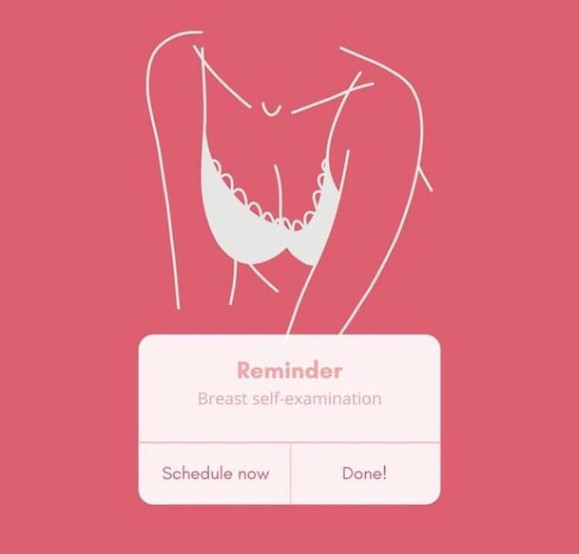





















































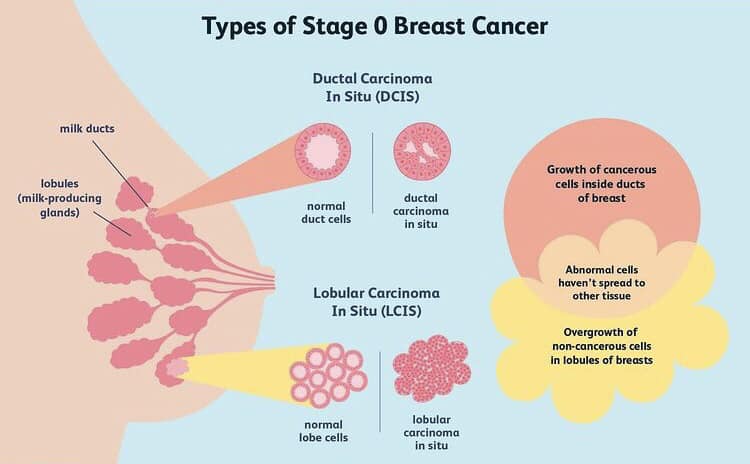













































































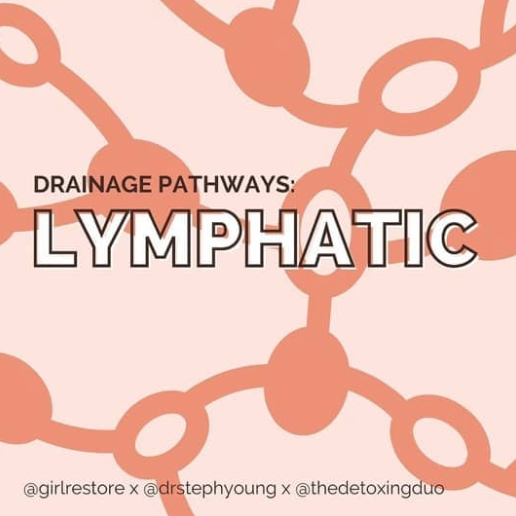



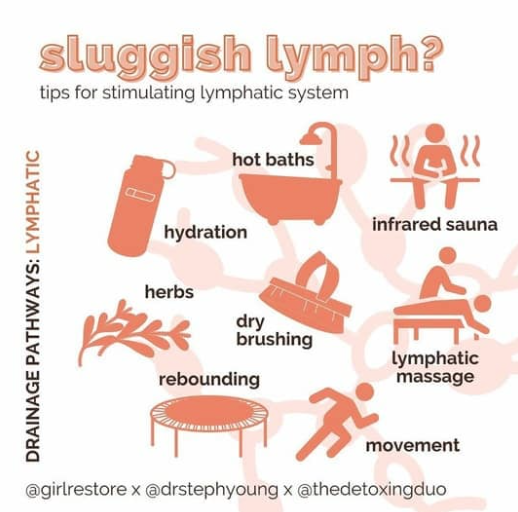

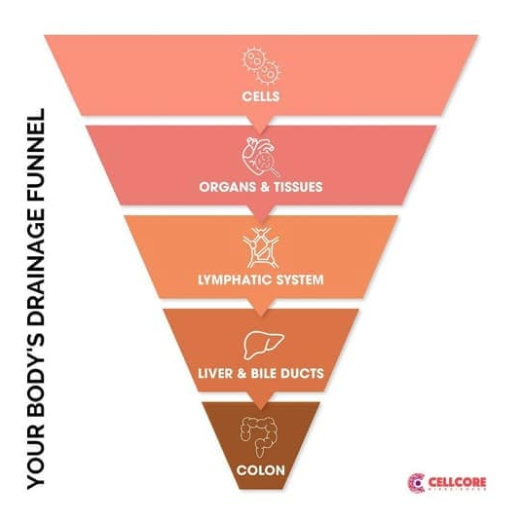









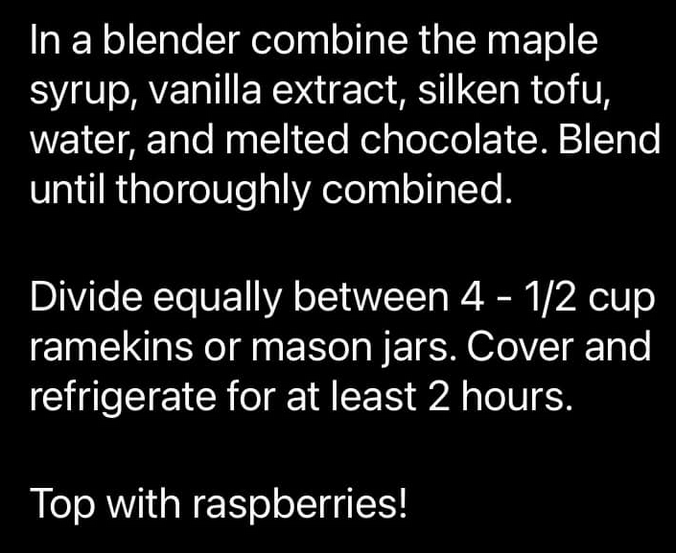




































































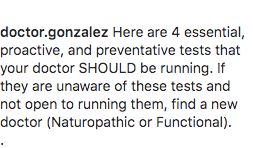
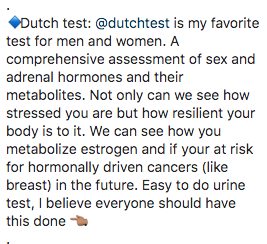

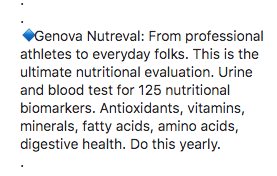











Your blog about Breast cancer was so informative and I still have a bit more to read but I had to tell you this is filled with information and some facts I didn't know before reading this. Thank you Nicole for putting this Labor of Love together for all of us.🌷